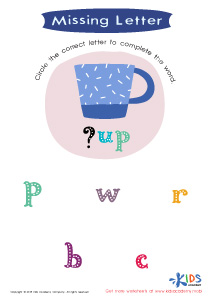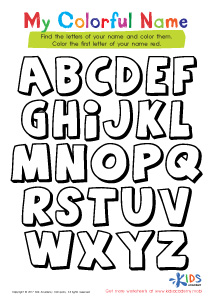Alphabet sequencing Kindergarten Letter Recognition Worksheets
5 filtered results
-
From - To
Unlock your child's potential with our engaging Alphabet Sequencing Kindergarten Letter Recognition Worksheets! Designed for young learners, these worksheets help strengthen letter recognition and sequencing skills through fun activities. Kids will enjoy identifying, tracing, and organizing letters in the correct order, laying a solid foundation for reading and writing. Each worksheet is tailored to meet the developmental needs of kindergarteners, making learning both effective and enjoyable. Perfect for teachers or parents who want to enhance their child's literacy journey. Explore our variety of colorful, interactive worksheets and watch your child gain confidence in their letter recognition abilities today!
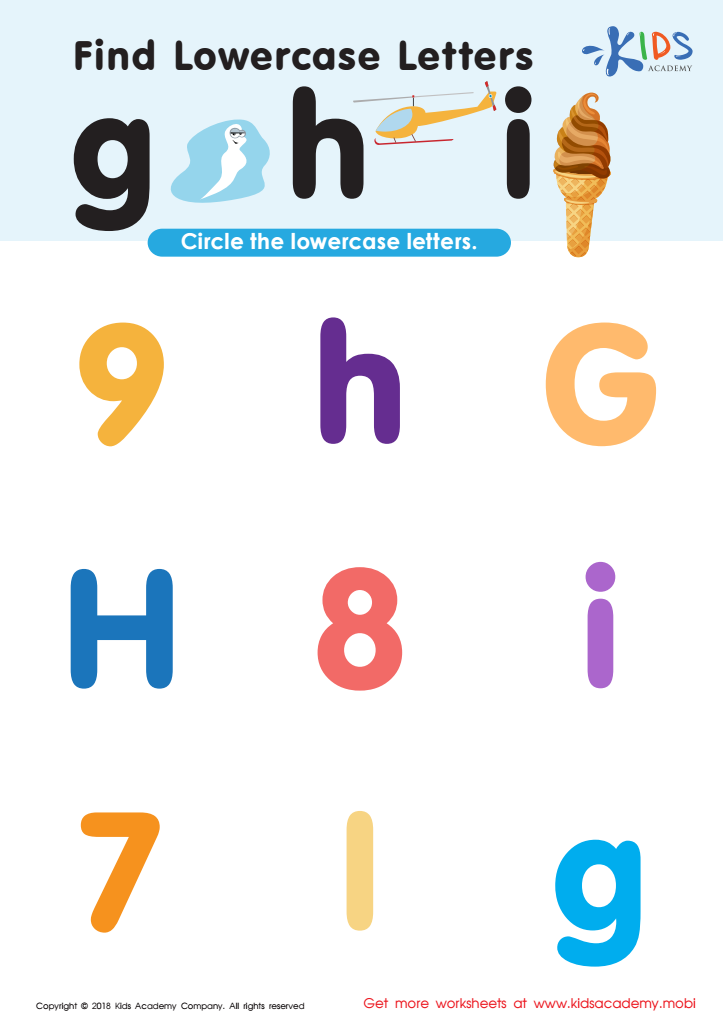

Find Lowercase Letters g h i Worksheet


Uppercase Letters Maze Worksheet
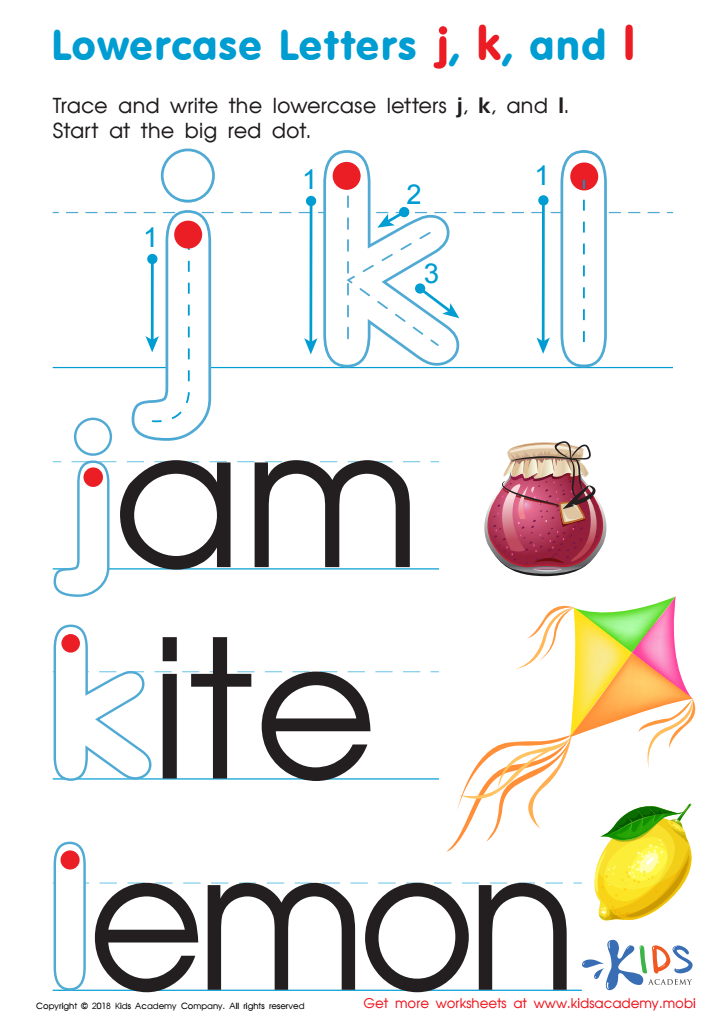

Lowercase Letters j k l Worksheet
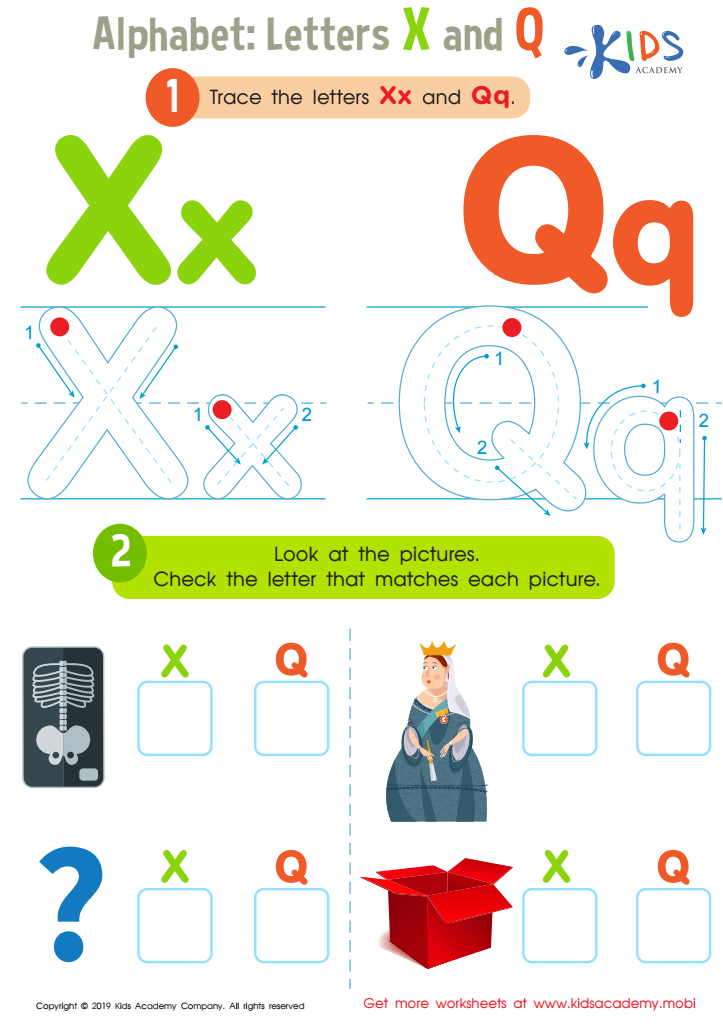

Letters X and Q Tracing Worksheet
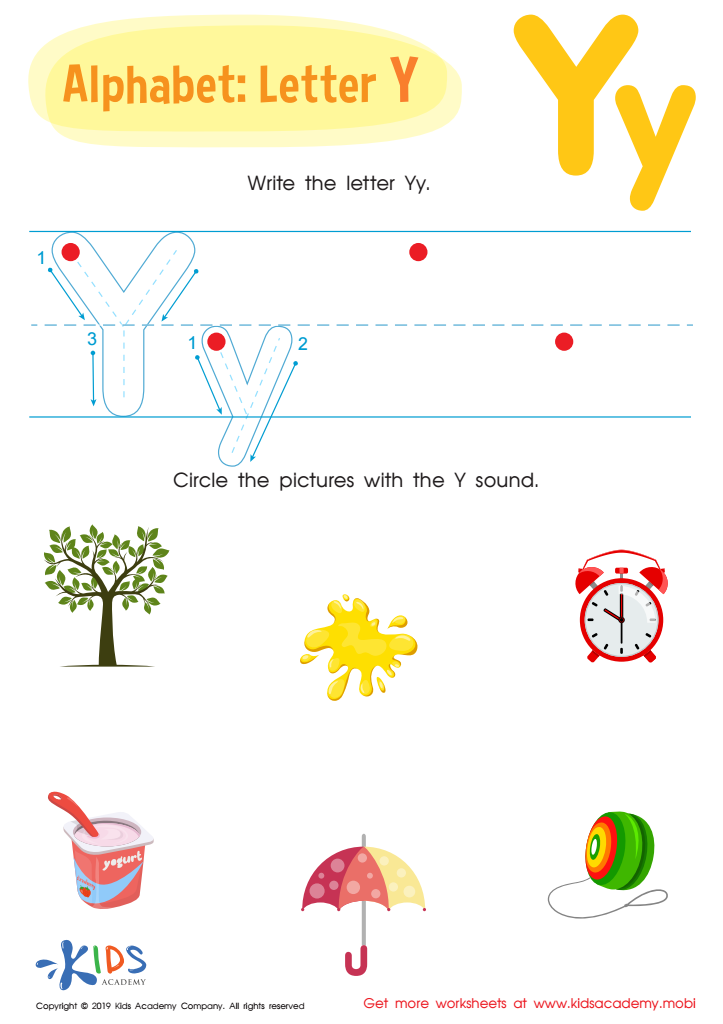

Letter Y Tracing Worksheet
Alphabet sequencing in kindergarten is crucial for children's early literacy development and serves as a foundation for their future learning. Recognizing letters and understanding their order enhances a child's ability to read and write. When children can identify letters sequentially, they not only process each letter as a unique symbol but also grasp the structure of words, ultimately aiding phonetic awareness.
Being familiar with the alphabet helps foster confidence in young learners. The ability to recognize letters allows them to participate more actively in reading activities, classroom discussions, and written assignments. As children progress to more complex literacy tasks, a solid grounding in letter recognition and sequencing can significantly reduce anxiety and build enthusiasm for learning.
Moreover, engaging in letter recognition also supports other areas of development, such as fine motor skills from writing letters and cognitive skills through memory games. Parents and teachers must prioritize this skill to create a supportive environment, using playful approaches like songs, games, and hands-on activities.
In essence, alphabet sequencing is not just a phonetic exercise; it helps instill a love for reading and sets the stage for lifelong learning, bridging the gap between pre-school and reading fluency.

 Assign to My Students
Assign to My Students













